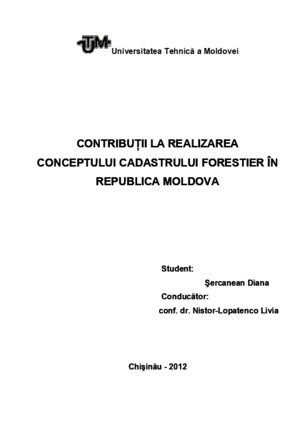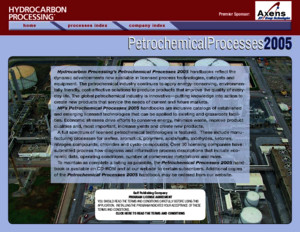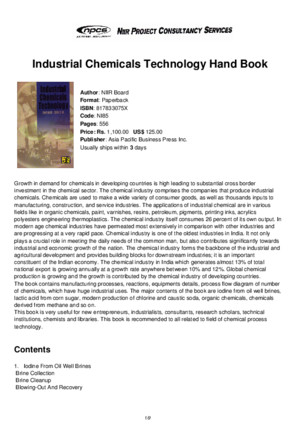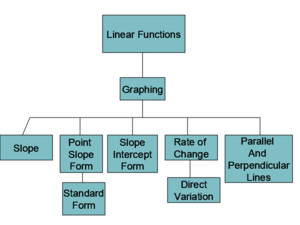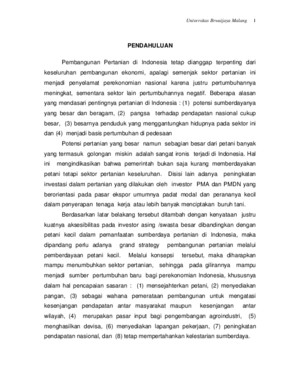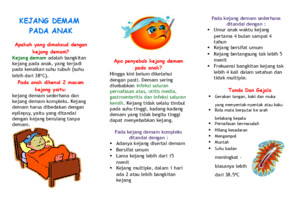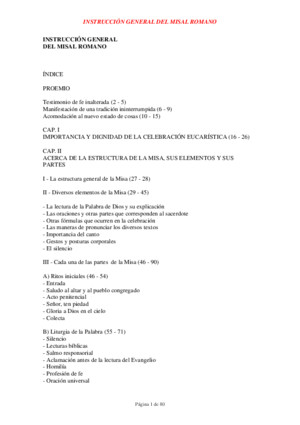Chemical Oxygen Demand (COD)
There is document - Chemical Oxygen Demand (COD) available here for reading and downloading. Use the download button below or simple online reader.
The file extension - PDF and ranks to the General category.
Tags
Related
Comments
Log in to leave a message!
Description
Chemical Oxygen Demand (COD) CE 370 - Lab Basic Principles The Chemical Oxygen Demand (COD) test measures the oxygen required to oxidize organic matter in water and wastewater samples by the action of strong oxidizing agents under acid conditions - PowerPoint PPT Presentation
Transcripts
Chemical Oxygen Demand (COD) CE 370 - Lab Basic Principles The Chemical Oxygen Demand (COD) test measures the oxygen required to oxidize organic matter in water and wastewater samples by the action of strong oxidizing agents under acid conditions COD is often used as a quality parameter to assess the extent of organic pollutants in municipal and industrial wastewaters This analysis is of interest since carbon compounds serve as a food source for microorganisms Org + Micro + O2 More Micro + CO2 + H2O + Others If discharged untreated, organic compounds will result in microorganism blooms, resulting in oxygen depletion and fish kills COD measurement provides a rapid means of monitoring the organic pollutants within the wastewater treatment plant, allowing for control of the treatment process to maintain optimum plant operation COD Measurement COD is measured by the oxidation of organic pollutants using a strong oxidizing agent (Potassium dichromate) under acidic conditions The reaction of potassium dichromate with organic compounds is given by: In the process of oxidation, potassium dichromate is reduced forming Cr3+ The amount of Cr3+ is determined after oxidization is complete, and is used as an indirect measure of the organic contents of the water sample For all organic matter to be completely oxidized, an excess amount of potassium dichromate must be present Once oxidation is complete, the amount of excess potassium dichromate must be measured to ensure that the amount of Cr3+ can be determined with accuracy To do so, the excess potassium dichromate is titrated with ferrous ammonium sulfate (FAS) until all of the excess oxidizing agent has been reduced to Cr3+ The oxidation-reduction indicator Ferroin is added during this titration step Once all the excess dichromate has been reduced, the Ferroin indicator changes from blue-green to reddish-brown The amount of ferrous ammonium sulfate added is equivalent to the amount of excess potassium dichromate added to the original sample A blank sample is created by adding all reagents (eg acid and oxidizing agent) to a volume of distilled water COD is measured for both the sample and the blank, and the two are compared The oxygen demand in the blank sample is subtracted from the COD for the original sample to ensure a true measurement Inorganic interference Some samples of water contain high levels of oxidizable inorganic materials which may interfere with the determination of COD Chloride is often the most serious source of interference Its reaction with potassium dichromate follows the equation: Prior to the addition of other reagents, mercuric sulfate can be added to the sample to eliminate chloride interference
Recommended






